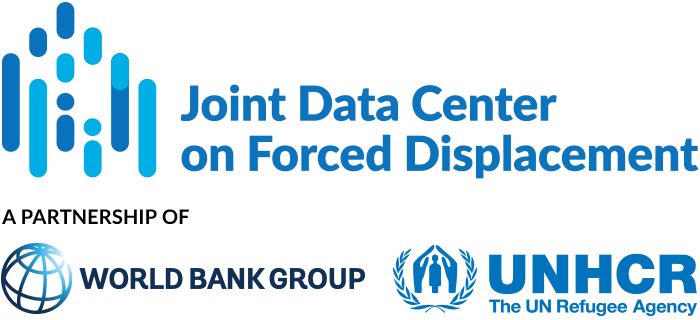This paper investigates the long-term impacts of displacement on the welfare, risk attitudes, social cohesion, and trust in state institutions among internally displaced persons (IDPs) in Colombia.
JDC Literature Review
Characterization of Vulnerability of Internally Displaced Persons in Burkina Faso, Mali, and Niger Using Respondent-Driven Sampling (RDS)
This paper characterizes the vulnerabilities of IDPs in Burkina Faso, Mali and Niger using respondent-driven sampling (RDS) techniques. The IDP population in the central Sahel region grew from around 1.1 million at the end of 2019 to over 2.6 million at the end of 2021. Burkina Faso has the largest and fastest-growing IDP population with nearly 1.6 million IDPs as of December 2021, followed by Mali (401,736) and Niger (264,257).
Disaster Displacement in Asia and the Pacific: A Business Case for Investment in Prevention and Solutions
This report provides the latest evidence on the scale and impacts of disaster displacement in the Asia and Pacific region and proposes actions to support prevention, response, and recovery.
LIVING ON THE MARGINS: The Socio-spatial Representation of Urban Internally Displaced Persons in Ethiopia
This article analyzes the multidimensional aspects of urban marginality of internally displaced persons (IDPs) in Ethiopia. According to IDMC, Ethiopia had more than five million IDPs at the end of 2021. The authors consider three aspects of urban marginality: (1) spatial marginality (physical distance and segregation); (2) social marginality (relations with other urban residents and the city); and (3) symbolic marginality (stigma).
Prevalence of Posttraumatic Stress Disorder and Depression Among Internally Displaced Persons in Mogadishu-Somalia
This article estimates the prevalence of post-traumatic stress disorder (PTSD) and depression among IDPs in Somalia and examines the factors associated with these psychiatric conditions. There are an estimated 2.6 million IDPs in Somalia due to armed conflict and environmental disasters, of whom an estimated 600,000 are living in the capital city of Mogadishu.
Promoting Recovery and Resilience for Internally Displaced Persons: Lessons from Colombia
This paper discusses the dynamics and consequences of internal displacement in Colombia, and the legal and policy responses to protect and assist IDPs. In 2020, Colombia had the largest population of IDPs in the world, estimated at 8.2 million people, equivalent to 16 percent of the Colombian population and 17 percent of IDPs worldwide.
Internal Displacement’s Impacts on Health in Yemen
By the end of 2020, there were more than 3.6 million people internally displaced by conflict in Yemen, in addition to 223,000 people displaced by disasters. This paper discusses the health risks faced by IDPs in Yemen, the effect of climate change on IDPs’ access to...
Knowledge and perceptions of COVID-19, prevalence of pre-existing conditions and access to essential resources in Somali IDP camps: a cross-sectional study
This paper investigates knowledge and perceptions of COVID-19, prevalence of pre-existing conditions, and access to essential resources among residents of IDP camps in Somalia. There are over 3 million IDPs in Somalia living in over 2,100 settlements. The analysis is...
Insecurity, Resource Scarcity, and Migration to Camps of Internally Displaced Persons in Northeast Nigeria
Since 2009, more than two million people have been internally displaced in Nigeria due to the Boko Haram insurgency and counter-insurgency by Nigerian security forces. This paper investigates the effect of insecurity on decisions to flee to IDP camps in Maiduguri, the...
Twice Invisible: Accounting for Internally Displaced Children
This report presents estimates of the number of children living in internal displacement due to conflict and violence. Estimates are calculated by applying the percentage of the national population in broad age groups, estimated by the UN Population Division’s World...


